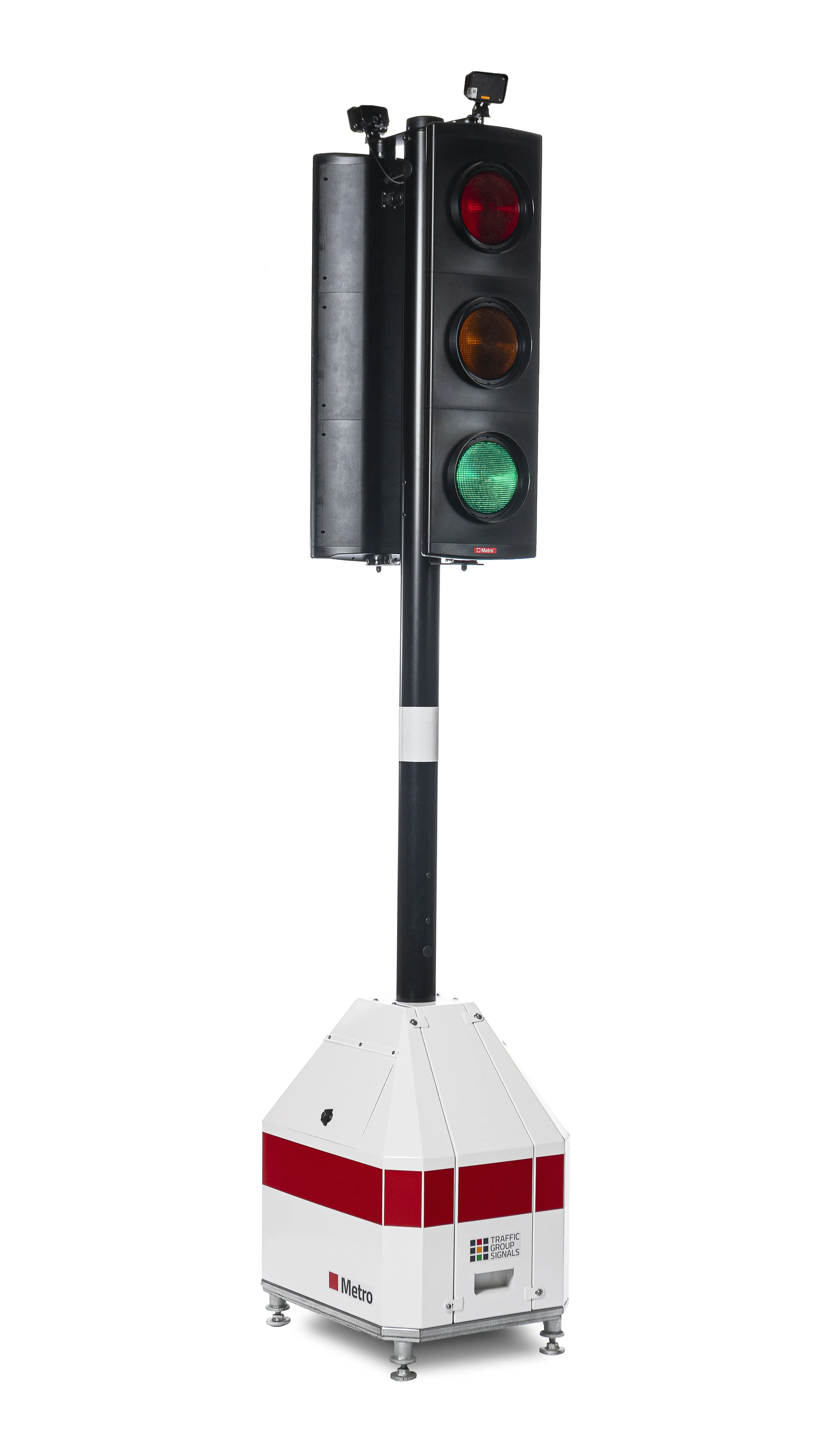This patent, the sixth for the company, enhances the reporting functionality of data transmitted over a wireless vehicular network - specifically providing a high level of precision in determining individual detection events - as opposed to aggregated data. The enhancement allows the precise reporting of detection information for vehicle presence, speed detection, vehicle re-identification and classification, used in a broad range of transportation applications including freeway and arterial count stations, ramp metering, traffic signal control, red-light enforcement, and light-rail detection.
“This patent rounds out our fundamental patents in low-power technology for wireless vehicle detection, and provides us a basis for advanced work in speed detection and vehicle re-identification, over a wireless link,” says Dr. Robert Kavaler, senior VP at Sensys Networks. “We are constantly striving to enhance our performance and become the industry standard for detection in all transportation applications.”










